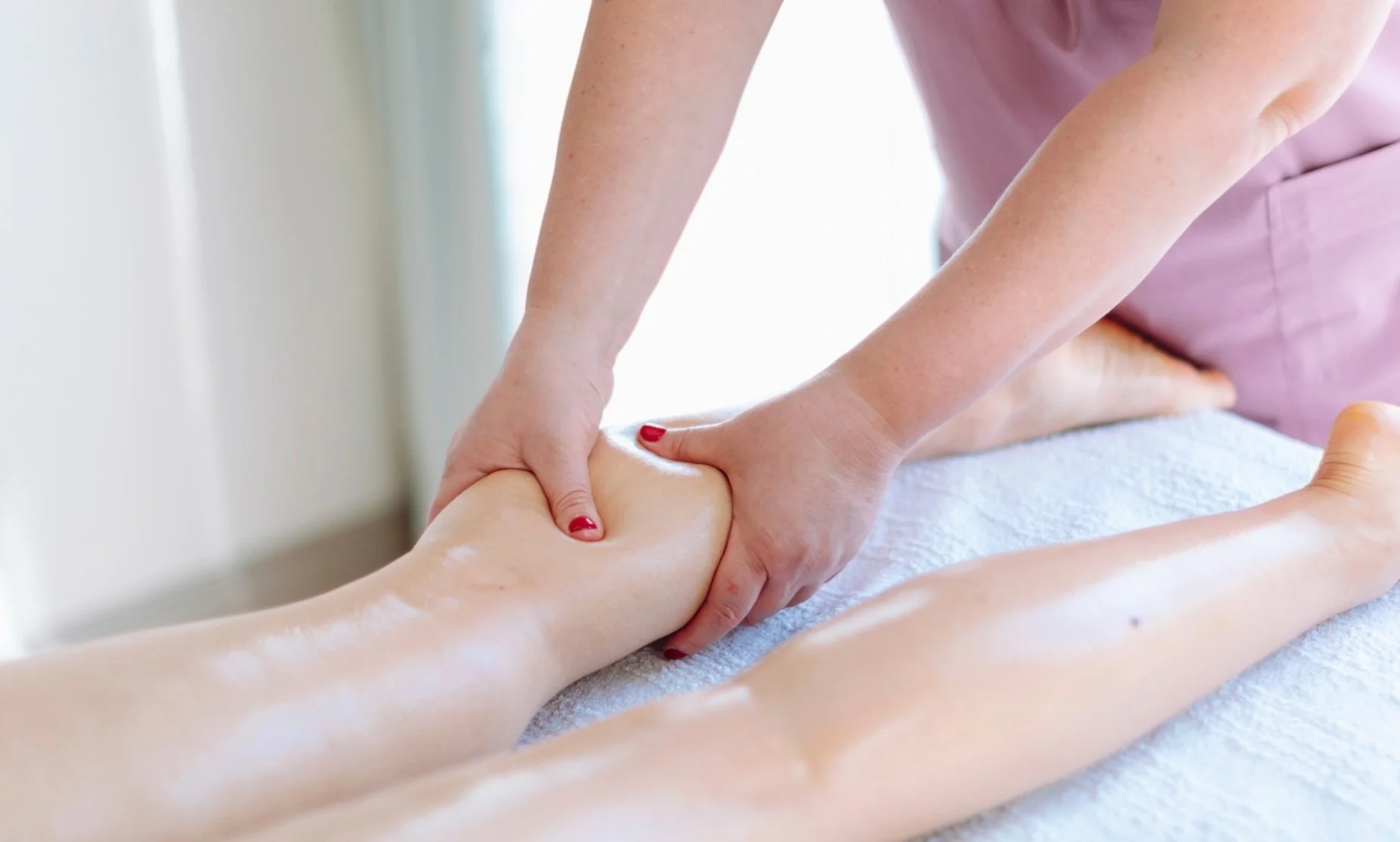Understanding Lymphoedema: A Guide to the Lymphatic System and Effective Treatment
Introduction
The human body is a complex network of systems working together to maintain health and well-being. One such crucial system is the lymphatic system, often overlooked but essential for immune function and fluid balance.
The Lymphatic System: A Vital Network
The lymphatic system is a vast network comprising vessels and nodes that extend throughout the body, excluding certain areas like nails, cartilage, and the cornea. This system plays a pivotal role in immune function and the filtration of tissue fluids, fats, fat-soluble vitamins, and proteins. Lymph, the fluid within this system, collects the extra fluid originating from arterial capillaries, drains from cells and tissues, and transports lymphocytes and macrophages from the lymph nodes.There are about 600-700 lymph nodes in the body located mostly in the abdominal region within adipose (fat) tissue. If lymph nodes become damaged or are removed (through surgery etc), they are unable to regenerate, which can lead to problems with lymphatic drainage such as lymphoedema.
Understanding Lymphoedema
Lymphoedema is the accumulation of protein-rich fluid that leads to swelling due to a failure in the lymphatic system. This occurs when the demand for lymphatic drainage exceeds the system's capacity. Two classifications exist: Primary, a genetic malformation or abnormal development of lymphatics, and Secondary, the most common type resulting from damage or overload caused by various factors like surgery, cancer, or obesity.
Warning Signs and Progression
Identifying lymphoedema early is crucial. Initial symptoms include transient swelling, tight clothing, decreased joint mobility, and a feeling of heaviness. Without intervention, lymphoedema progresses, causing fibrotic changes in the skin, hindering immune function, and creating an environment conducive to infections. In severe cases, it can lead to ulcers, cellulitis, and sepsis.
Diagnosis
Medical professionals use various methods for diagnosis, including history, physical examinations, and advanced techniques such as biompedence spectography, lymphoscinigraphy, and Indocyanine Green lymphography.
Treatment
Effective treatment involves a holistic approach known as Complex Decongestive Therapy (CPD), comprising education, skin care, exercise, Manual Lymphatic Drainage (MLD), and compression therapy. Individualised treatment plans aim to restore function, reduce distress, and prevent complications.
Why Not Diuretics?
While diuretics remove fluid, they leave proteins and fats, thickening the lymph and increasing skin fibrosis, ultimately leading to more swelling.
Compression Garments
Compression garments are a vital component of CPD, providing graduated compression to reduce fluid pooling, preserve limb size, and support lymphatic function. Various types include inelastic multilayer bandages, flat-knit compression hosiery, wraps, circular-knit compression hosiery, and intermittent pneumatic compression (IPC). Choosing the right type depends on factors like patient mobility and health conditions.
Conclusion
Understanding the lymphatic system and lymphoedema is essential for early detection and effective management. Our Osteopath Emma is an accredited lymphoedema practitioner and will use a comprehensive range of treatments to restore function, reduce distress, and improve the quality of life for those affected by lymphoedema.

